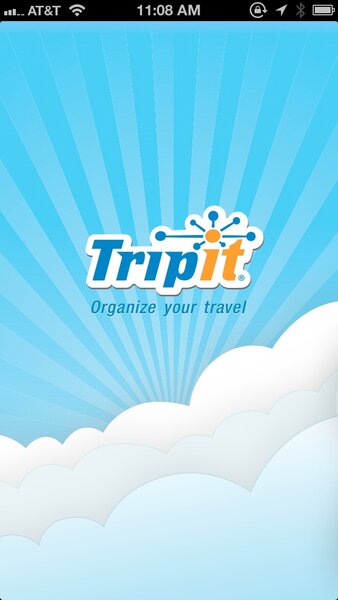Planning a vacation is stressful. Each step to get to and from that equatorial paradise or northern snow retreat requires juggling ticket receipts, flight confirmation numbers, and directions to the hotel. Have you looked up from your travel documents since you entered the airport? While you double-checked your boarding time, did you realize Terminal C veered to the left one walking escalator ago?
It’s not your fault. Well, it is. You could have prevented all the trouble with an app called Tripit.
Tripit syncs with your inbox and scrapes data off incoming travel confirmation e-mails. The app can tell if that car rental is for your summer vacation to Ireland and will combine it with your morning flight time to Dublin and your hotel check-in time later that afternoon in Cork. Already booked a dinner reservation at Fenns Quay?
And all this information is scraped from your inbox and displayed in chronological order on a single, easy to read list.
Certain travel vendors, like Avis car rental, can even import your itinerary data and use it to tailor their service for your schedule.
Each step of your trip is listed and interactive. With one click, Tripit displays all the information on your boarding pass. Lost in the airport? A terminal and gate number map is one click away.
Tripit can share this information with your calendar app as well to allow for better planning weeks before t-day (travel day).
Tripit’s only downside is the data-scraping algorithm can be fussy. Certain e-mail formats, like the format you’ll receive if a friend e-mails their trip to you through Priceline.com, aren’t entirely readable.
But Tripit allows users to manually add travel info in the rare event that the program leaves information out.
For the price of free, Tripit gives its users a way to make travel enjoyable.







